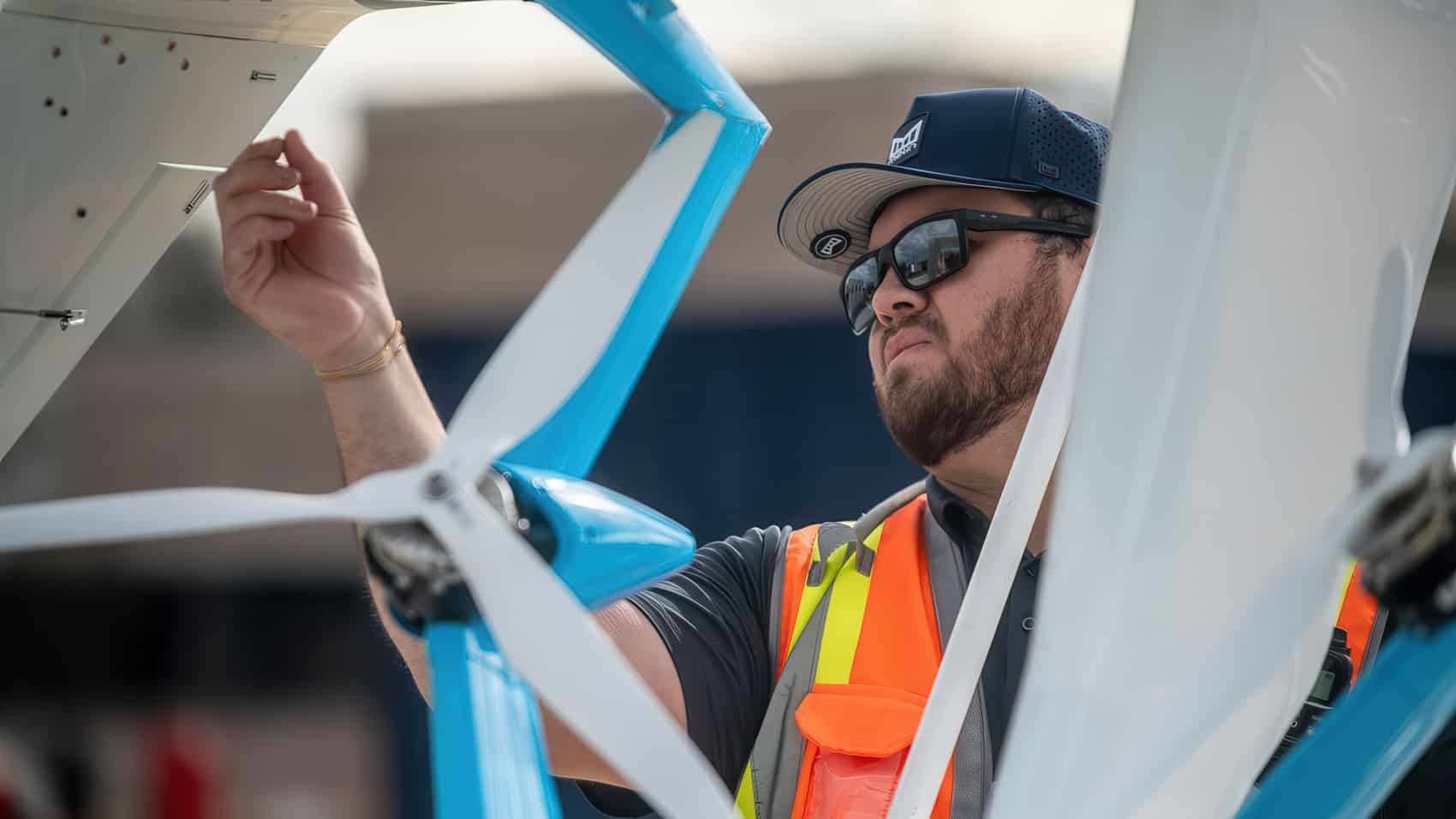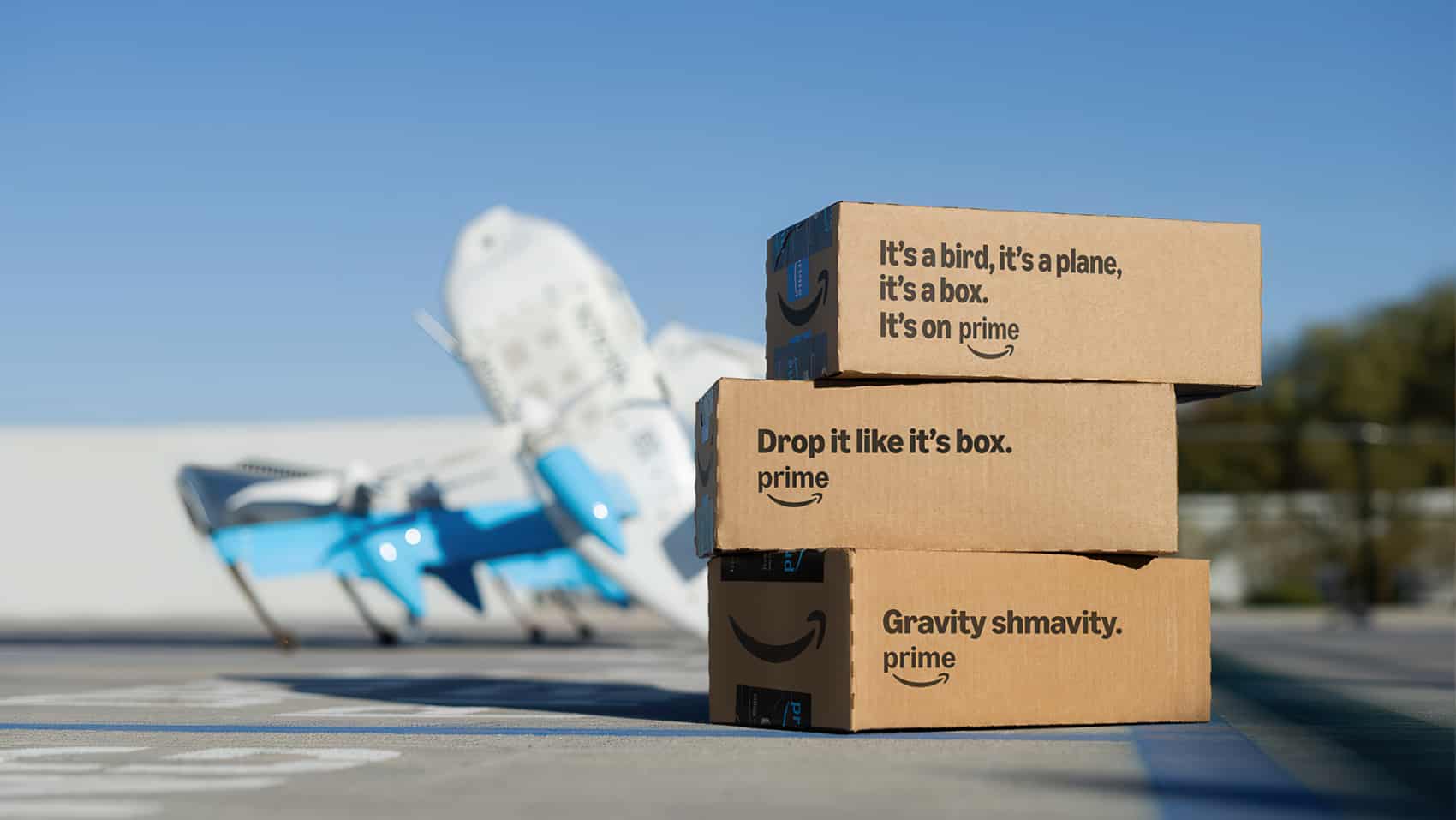Amazon’s Drones Now Have a ‘Plan B’ for Safe Landings

For any of us who have flown a drone, we know that the sky can be an unpredictable place. A sudden gust of wind, a lost cell signal, a bird that gets a little too curious—things happen. For a hobbyist, it might mean a rough landing. For Amazon’s Prime Air delivery drones, it could be a disaster.

That’s why Amazon has been quietly perfecting a new safety feature called Safe Contingent Landings (SCL). It’s a sophisticated “Plan B” that allows their drones to intelligently detect a major problem, scan the ground in real-time, and find a safe place to land, all on their own. It’s a massive step forward, but as a recent incident in Arizona shows, sometimes the biggest challenge isn’t a complex failure, but a simple splash.
Not a Crash, But a “Contingency”
Amazon is very clear about one thing: an SCL is not an emergency crash. It’s a pre-planned, controlled procedure for major issues. The drone isn’t falling out of the sky; it’s making a smart, autonomous decision to land safely because conditions are no longer perfect for its mission, triggered by things like a system malfunction or severe weather.

For us DJI pilots, it’s like having a super-advanced Return-to-Home function, but instead of just flying back, it has the intelligence to assess its immediate surroundings and find the safest possible place to touch down, right then and there.
The Onboard Brain: How It Sees the World
The magic behind the SCL system is what Amazon calls its “Perception” system. The drone is equipped with a suite of onboard sensors that are constantly scanning the environment in real-time. As the drone descends during an SCL, it’s building a 3D map of the world below it, looking for hazards—people, animals, cars, or a newly fallen tree branch. It’s programmed with a simple, overriding bias: if in doubt, don’t land. It’s a truly autonomous safety net, approved by the FAA and built into every single flight.
But What About a Swimming Pool?
This high-tech safety system is designed to handle the big, scary problems. But on July 31st in Avondale, Arizona, Amazon faced a much simpler, and wetter, challenge as I myself wrote about it. A customer named Daniel Muniz ordered a bottle of vitamins and watched as the MK30 drone descended perfectly into his backyard.

The drone gently placed the package on the grass. Mission accomplished. But as it powered up to leave, the powerful prop wash kicked up, sending the lightweight box skidding across the lawn and directly into his swimming pool.
This poolside blunder, caught on camera, highlights a completely different kind of problem. The drone’s sophisticated SCL system wasn’t needed because there was no emergency. But the basic logic of the final drop failed to account for a simple gust of its own wind. Amazon apologized for the “rare” incident, but for customers who paid the $9.99 delivery fee, it’s a reminder that the system is still being fine-tuned.
DroneXL’s Take
From my home here in Ecuador, this whole situation is just fascinating. On one hand, you have Amazon engineering one of the most sophisticated safety systems I’ve ever seen in a commercial drone with their “Safe Contingent Landings.” It’s a brilliant solution for catastrophic failures. On the other hand, their drone gets defeated by a lawn and a swimming pool.
It’s the perfect example of the difference between theory and reality. You can plan for the one-in-a-million engine failure, but if you forget about the simple physics of your own propeller wash, you still end up with a soggy package and a viral video of your failure.
“Real talk,” this is a humbling moment for Amazon, but it’s not a fatal flaw. It’s an operational detail they will undoubtedly fix. But it highlights the immense complexity of what they’re trying to do. They have to plan for both the big disasters and the small, almost comical, blunders.
For me, the SCL system is still the bigger story. It’s the kind of deep, thoughtful safety engineering that will make drone delivery possible in the long run. But the pool incident is the dose of reality that keeps everyone humble. It proves that no matter how smart your drone is, you can never forget the basics. And rule number one? Try not to land the customer’s vitamins in the deep end.
Photographs courtesy of Amazon.
Discover more from DroneXL.co
Subscribe to get the latest posts sent to your email.
Check out our Classic Line of T-Shirts, Polos, Hoodies and more in our new store today!

MAKE YOUR VOICE HEARD
Proposed legislation threatens your ability to use drones for fun, work, and safety. The Drone Advocacy Alliance is fighting to ensure your voice is heard in these critical policy discussions.Join us and tell your elected officials to protect your right to fly.
Get your Part 107 Certificate
Pass the Part 107 test and take to the skies with the Pilot Institute. We have helped thousands of people become airplane and commercial drone pilots. Our courses are designed by industry experts to help you pass FAA tests and achieve your dreams.

Copyright © DroneXL.co 2025. All rights reserved. The content, images, and intellectual property on this website are protected by copyright law. Reproduction or distribution of any material without prior written permission from DroneXL.co is strictly prohibited. For permissions and inquiries, please contact us first. DroneXL.co is a proud partner of the Drone Advocacy Alliance. Be sure to check out DroneXL's sister site, EVXL.co, for all the latest news on electric vehicles.
FTC: DroneXL.co is an Amazon Associate and uses affiliate links that can generate income from qualifying purchases. We do not sell, share, rent out, or spam your email.


















